- [Shajiraku]Homepage
- Location
- Umenomiya-taisha Shrine
- Location
Selection - Experience
Selection - To
Provisional
Reservation
Request
景Location
Umenomiya-taisha Shrine
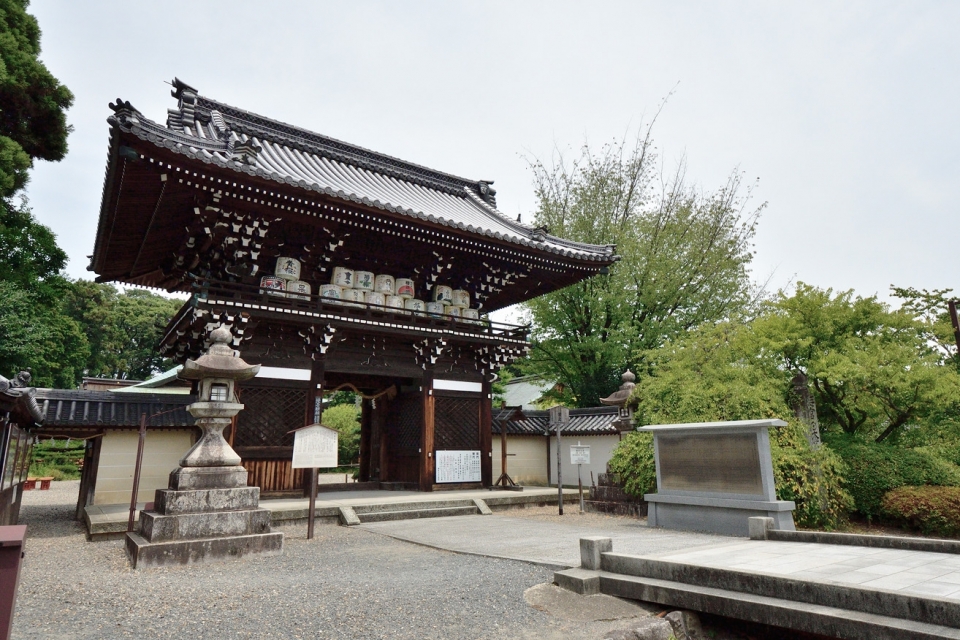
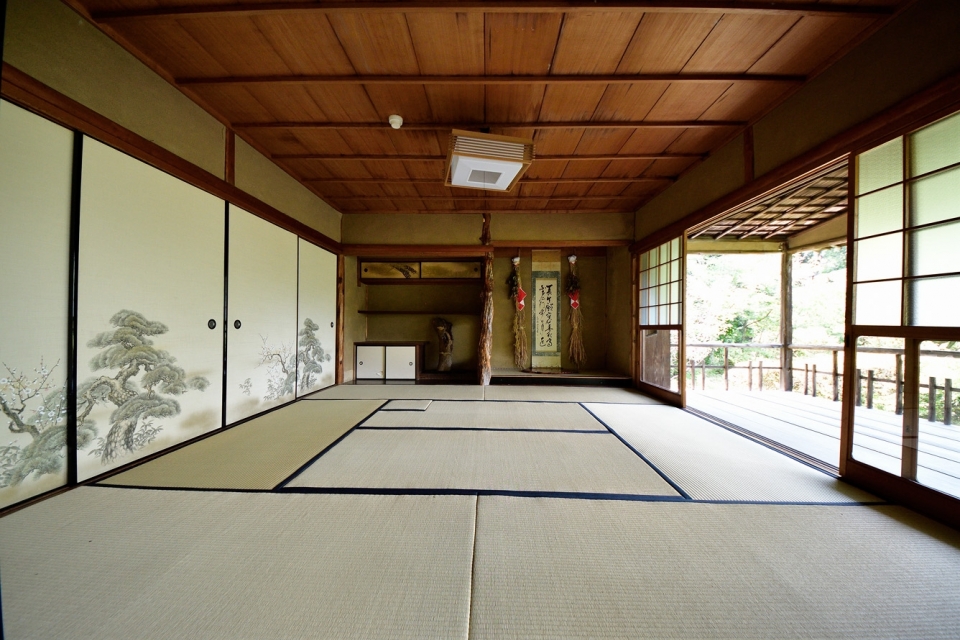
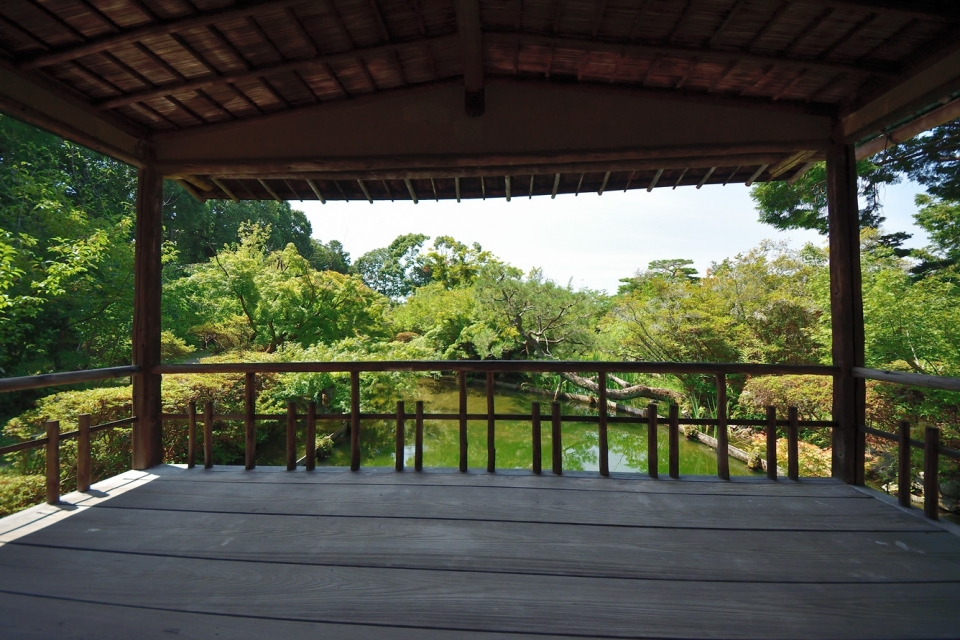
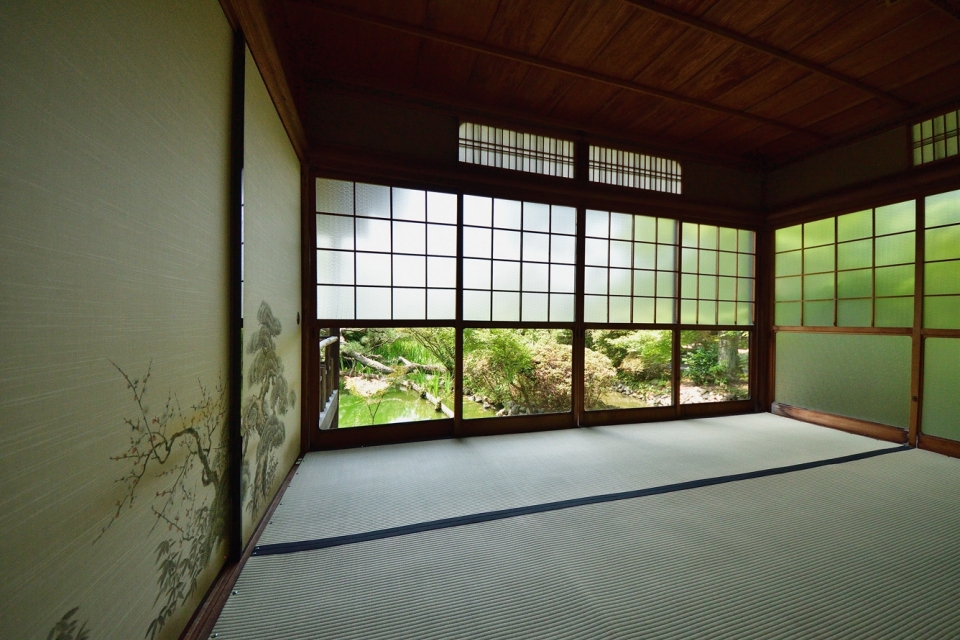
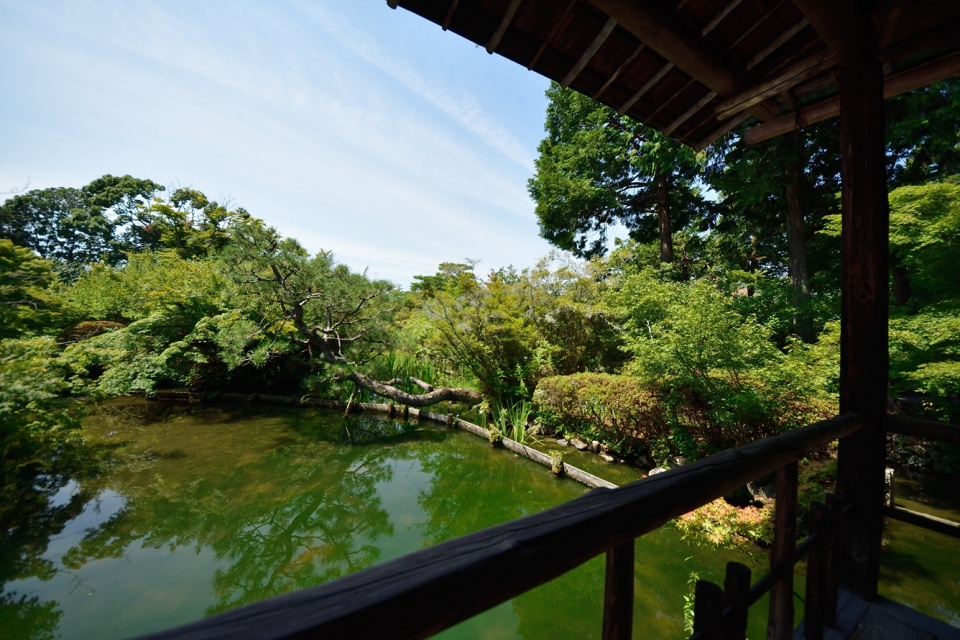
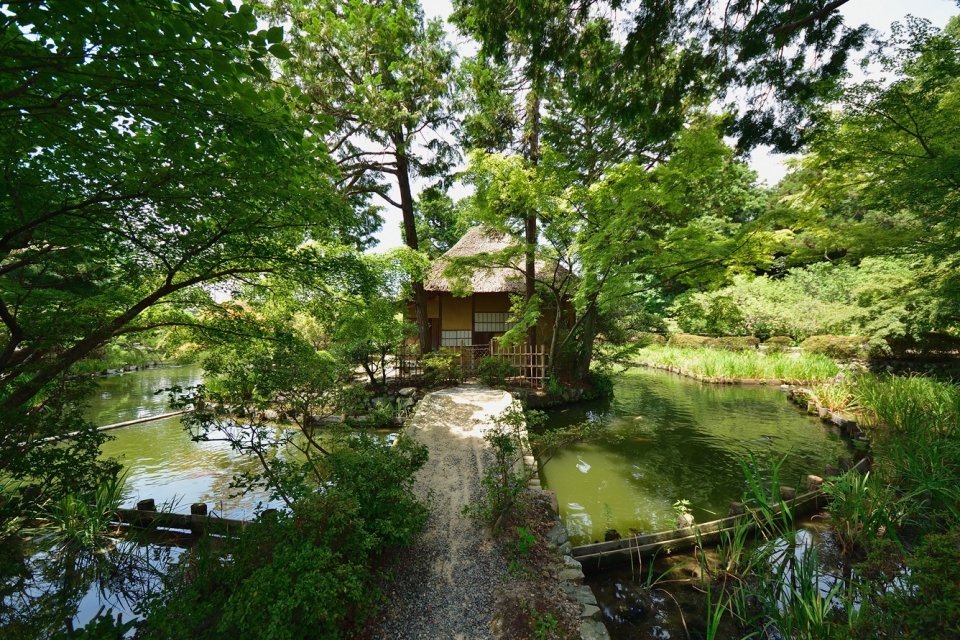
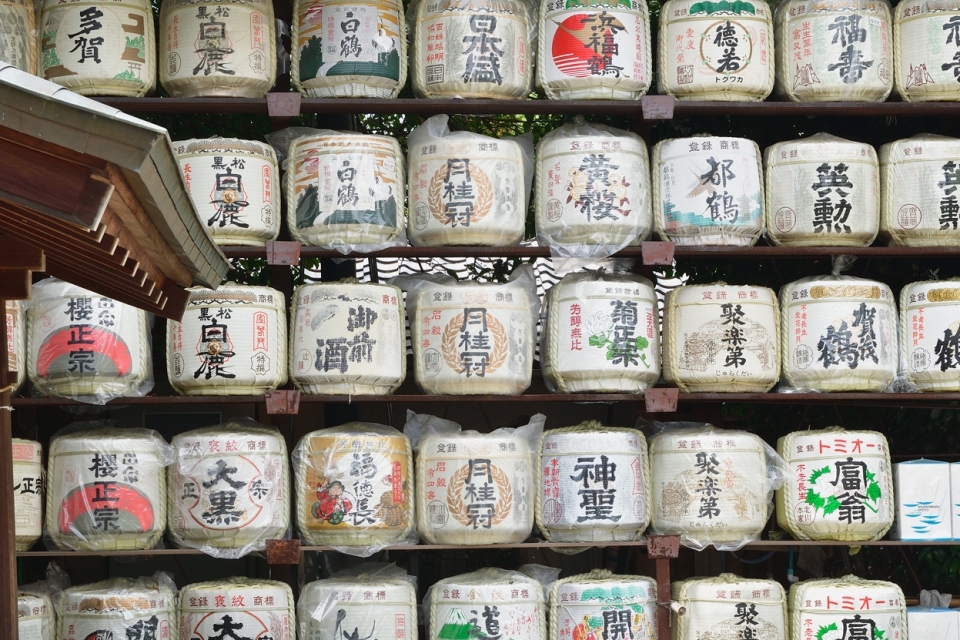
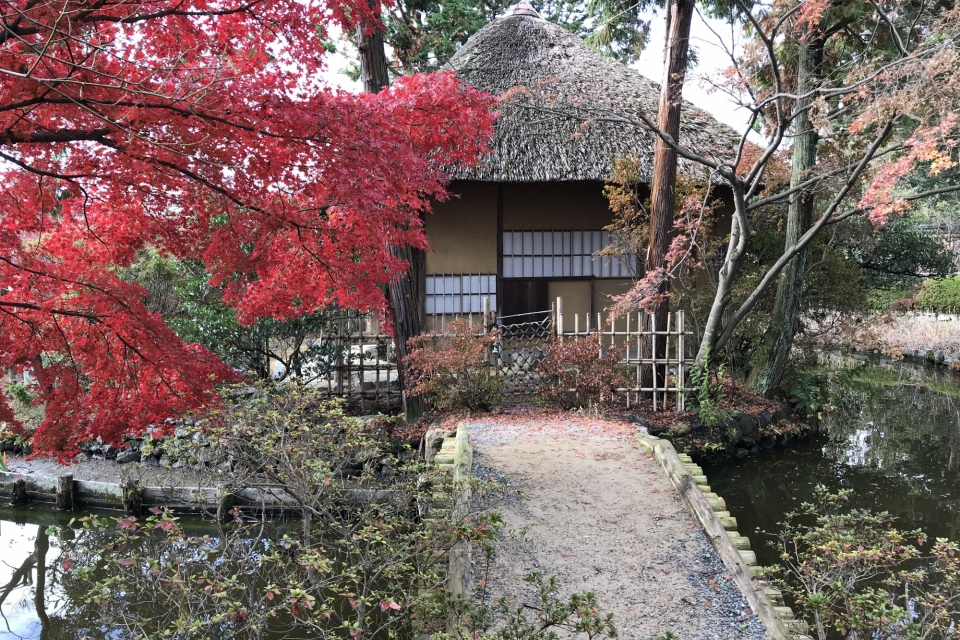
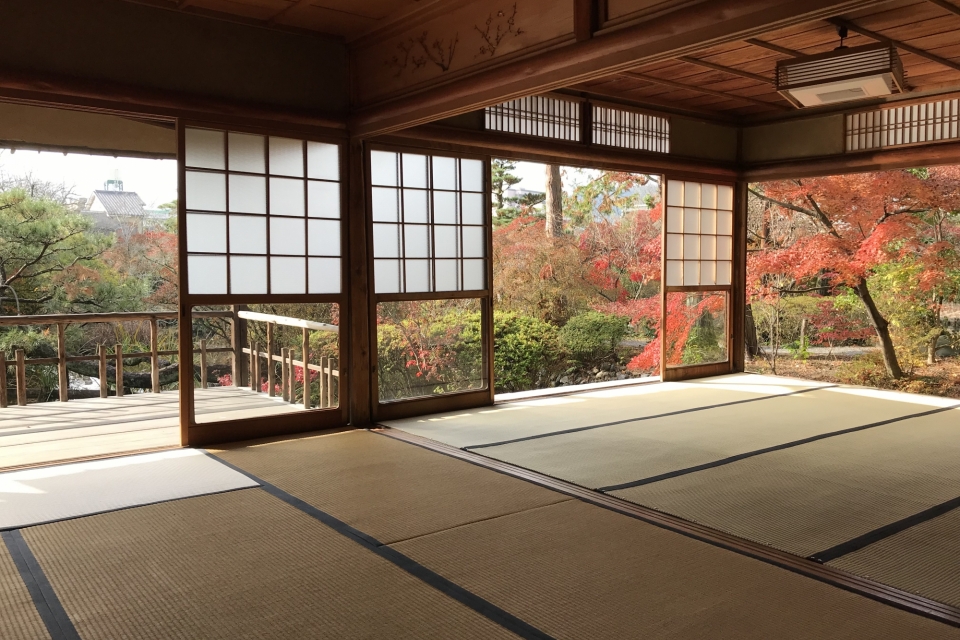
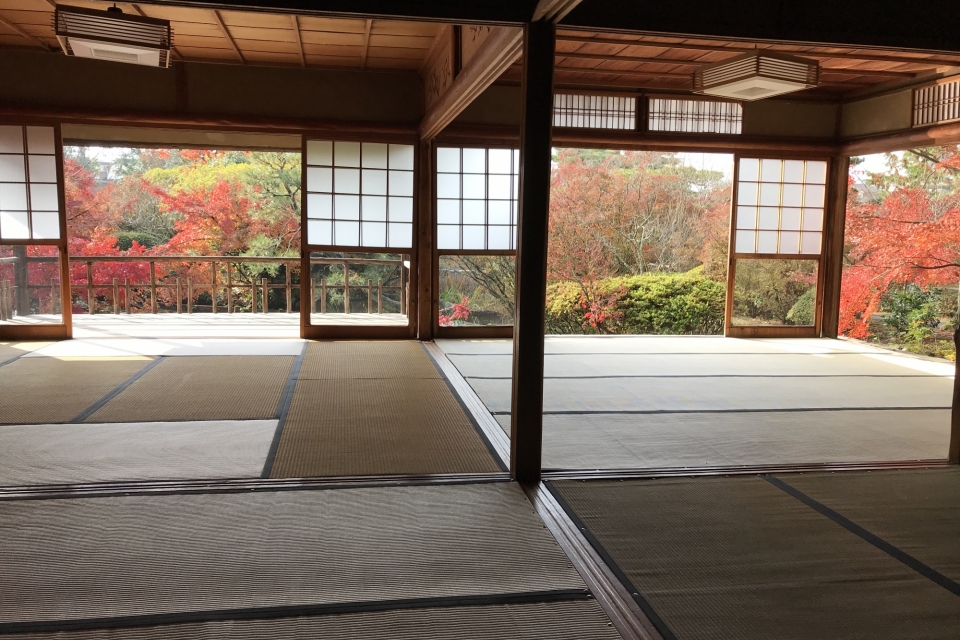
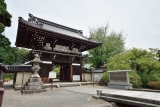
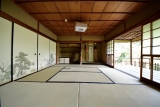
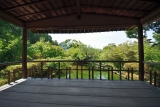
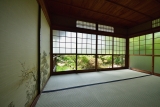
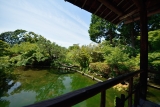
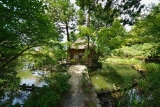
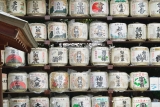
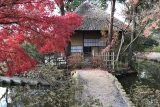
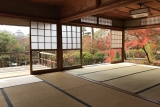
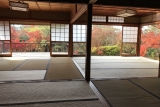
Umenomiya-taisha shrine was enshrined by Agatanoinukaimichiyo who had an enormous power as a clan, Tachibana family about 1300 years ago. In early Heian period, it is said that Tachibananokachiko(Queen Danrin), a wife of Saga emperor and a mother of Ninmyo emperor moved the shrine to the current location.
There are 4 enshrines deities in this shrine, which are God of Oyamazumi, Niniginomikoto, Hikohohodeminomikoto and Konohanasakuyahimenomikoto.
God of Oyamazumi is said to be the only one god of brewing. In the old Japanese literature, Oyamazumi celebrated a birth of his grandchild by brewing sake from rice. Oyamazumi is enshrined as the god of brewing since he is believed to be the first person who made sake, and many brewers still worship him. There is a fine sake cask in the precincts of the shrine. Every year on February 11th, Amazake festival is held with a wish for prosperity of sake industry. The shrine is also said to be the place where Gagaku [Japanese ancient chorus and instrumental performance] was performed.
Saga emperor enshrined at Aidono (a shrine which enshrines several deities) contributed to the construction of Heiankyo (Ancient Kyoto) and created an important period in Japanese history, Konin-bunka period. Queen Danrin supported Saga emperor and constructed the first Zen temple in Japan, Danrin temple at the current location of Tenryu temple while providing
sufficient welfare institutions to a nation. Tachibananokiyotomo was a father of queen Danrin, who was a politician and scholar at the same time.
Ninmyo emperor , a son of Saga emperor was a prominent flute player. He is said to be the first composer of Japan. It is written in the Japanese music history that one of his song Saiouraku has been passed on to the present day.
Umenomiyataisha shrine is known as the oldest Japanese plum blossom spot in Kyoto. 35 kinds of,about 400 beautiful fragrant Japanese plum trees are planted in the precincts of the shrine in the name
Konohanasakuyahime which is one of the enshrined deties. You can enjoy seeing them from mid-February to mid-March but there are many kinds of flowers blooming throughout a year.
Among the shrine buildings, 5 buildings which are Honden, Haiden, Romon, KeidaishaWakamiyasha,Keidaisyagoo-sha were built in Edo period and were registered as Kyoto important properties.
There are 4 enshrines deities in this shrine, which are God of Oyamazumi, Niniginomikoto, Hikohohodeminomikoto and Konohanasakuyahimenomikoto.
God of Oyamazumi is said to be the only one god of brewing. In the old Japanese literature, Oyamazumi celebrated a birth of his grandchild by brewing sake from rice. Oyamazumi is enshrined as the god of brewing since he is believed to be the first person who made sake, and many brewers still worship him. There is a fine sake cask in the precincts of the shrine. Every year on February 11th, Amazake festival is held with a wish for prosperity of sake industry. The shrine is also said to be the place where Gagaku [Japanese ancient chorus and instrumental performance] was performed.
Saga emperor enshrined at Aidono (a shrine which enshrines several deities) contributed to the construction of Heiankyo (Ancient Kyoto) and created an important period in Japanese history, Konin-bunka period. Queen Danrin supported Saga emperor and constructed the first Zen temple in Japan, Danrin temple at the current location of Tenryu temple while providing
sufficient welfare institutions to a nation. Tachibananokiyotomo was a father of queen Danrin, who was a politician and scholar at the same time.
Ninmyo emperor , a son of Saga emperor was a prominent flute player. He is said to be the first composer of Japan. It is written in the Japanese music history that one of his song Saiouraku has been passed on to the present day.
Umenomiyataisha shrine is known as the oldest Japanese plum blossom spot in Kyoto. 35 kinds of,about 400 beautiful fragrant Japanese plum trees are planted in the precincts of the shrine in the name
Konohanasakuyahime which is one of the enshrined deties. You can enjoy seeing them from mid-February to mid-March but there are many kinds of flowers blooming throughout a year.
Among the shrine buildings, 5 buildings which are Honden, Haiden, Romon, KeidaishaWakamiyasha,Keidaisyagoo-sha were built in Edo period and were registered as Kyoto important properties.
Location Details
Name of Location
Umenomiya-taisha Shrine
Address
Kyoto 615-0921
Guest Capacity
2 to 10 persons
Admission fee
- Morning70,000yen
- Afternoon70,000yen
- All Day120,000yen
Please select an experience available at this location on the next page.





